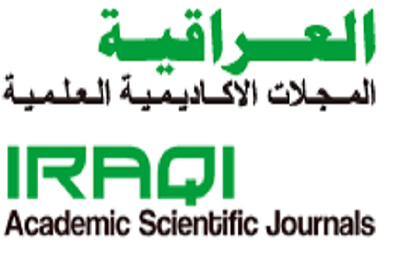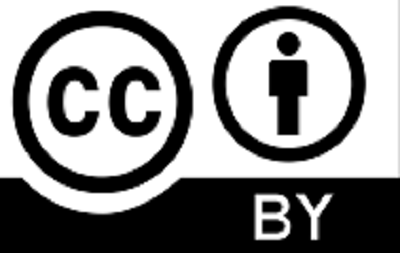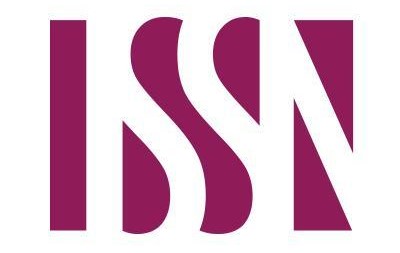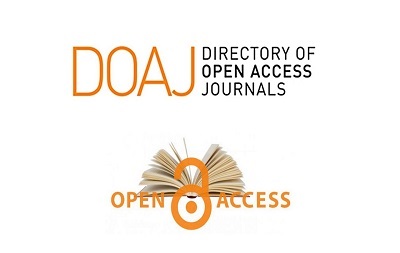The effect of flexible bar and isolation cube exercises on developing the types of muscle strength, upper limb motor balance, mechanical launch variables, and digital level of male shot put throwers
Main Article Content
Abstract
The aim of the research was to identify the effect of flexible bar and isolation cube training in developing types of muscle strength and motor balance of the upper limb. The researchers used the experimental method by designing two equivalent experimental groups. The research sample was the weight throwers for the 2024 sports season who won the first eight places in the Iraqi Clubs Championship out of 12 players participating in the competition held at the College of Physical Education and Sports Sciences Stadium / University of Sulaymaniyah. The types of strength (maximum, explosive, characterized by speed) and motor balance of the upper limbs were measured and the achievement test was photographed to extract mechanical launch variables through photography. The researchers concluded that the special training for types of muscle strength of the upper limb with the flexible bar and isolation cube used by the experimental group and the regular weight training used by the control group led to the development of types of muscle strength (maximum, characterized by speed, explosive). The researchers also recommend the use of unilateral training (with one limb) with the isolation cube and flexible bar.
Article Details

This work is licensed under a Creative Commons Attribution-NonCommercial 4.0 International License.
References
Abdul Rahman, A. H. Z. (2009). Mechanics of Training and Teaching Athletics Competitions (1st ed). Book Center for Publishing.
Adel, A. B., & Ihab, A. (2004). Muscular strength training, integration between theory and application (pp. 238–251). Egyptian Library for Printing and Distribution.
Ahmed, K. A. K. (2015). Evaluation of the training status for the special stage of physical, skill and functional abilities for handball players aged 15-17 years [PhD thesis]. University of Babylon.
Al Hashemi, S. M. (2000). Sports biomechanics. Ministry of Higher Education Press.
Al-Fadhli, A. K. (2011). International Athletics Law, Competition Rules (p. 211). Erbil Publishing Press.
Ali, S. J. A.-H. (2004). Tests, measurement and statistics in the sports field (Al-Warraq Publishing and Distribution Foundation, Ed.).
Al-Jourani, A. K. H. (2019). The effect of special exercises and electrical stimulation on strength balance and some functional and mechanical variables and body measurements of muscles on both sides of the body and the achievement of the Iraqi national team’s young disabled weightlifters [PhD thesis]. Baghdad.
Al-Taie, M. A. A. (2020). Physiology of Strength Training (p. 131). Safa Publishing and Distribution House.
Amin, K. A., & Hussein, A. K. (2019). Physiology of Muscle Strength and Mechanics of Motor Performance (p. 87). Dijlah Library for Printing, Publishing and Distribution.
Chow, J. W., Darling, W. G., & Ehrhardt, J. C. (1999). Determining the force-length-velocity relations of the quadriceps muscles: I. anatomical and geometric parameters. Journal of Applied Biomechanics, 15(2), 182–190.
Dhurgham, A. L., Alsaeed, R., Nazari, R., Shenein, K., & Sabeeh, U. (2024). An analytical study of the index of some biomechanical variables for the shooting skill of forearm handball players. Journal of Studies and Researches of Sport Education, 34(2).
Farhat, L. E.-S. (2001). Measurement and testing in physical education. Cairo: Book Center for Publishing.
Hussein, A. A. J., Ahmed, M. S., & Kamal, M. W. (2018). Study of some physical and motor abilities and anthropometric measurements and their relationship to the skill of dribbling in football. Journal of Sport Science.
Hussein, E. S. (n.d.). A Study of Some Biochemical Variables and Functional Indicators and Their Relationship to the Achievement of 200m Young Runners.
Ibrahim, M. R. (2008). Field application of sports training theories and methods. Al-Fadhli Office, Baghdad.
Kamal, A. H., & Mohamed, S. H. (1997). Physical Fitness and its Components, Theoretical Foundations, Physical Performance, Measurement Methods (1st ed, p. 267). Dar Al Fikr Al Arabi.
Karim, S. A. (2010). Applications of biomechanics in sports training and motor performance. Amman: Dar Degla.
Mashkour, N. H. (2015). THE EFFECT OF TRAINING & COMPONENT OF HARMONIC CAPACITY IN SOME PHYSICAL, BIO-KINEMATIC VARIABLES & ACHIEVEMENT OF LONG JUMP.
Mustafa, A. M., Mashkoor, N. H., & Qusay, M. A. (2010). The effect of the height and depth of the approximate run range on some kinematic variables of the long jump effectiveness. Journal of Studies and Researches of Sport Education, 28. https://www.iasj.net/iasj/article/53596
Saad, H. M., Sabar, H. J., & Hamad, S. H. (2023). The effect of compound exercises with rubber tools on motor coordination, agility, and some offensive skills of young foil fencers. Wasit Journal Of Sports Sciences, 16(3).
Talha, H. E.-D. et al. (1998). Applied Kinesiology. Book Center for Publishing.
Wajih, M., & Ahmed, A.-B. (2002). Scientific Research (p. 67). Babylon University Press.





 IASJ
IASJ CC-BY-4.0
CC-BY-4.0 turnitin
turnitin ISSN
ISSN DOAJ
DOAJ Crossref
Crossref GoogleScholar
GoogleScholar Orcid
Orcid